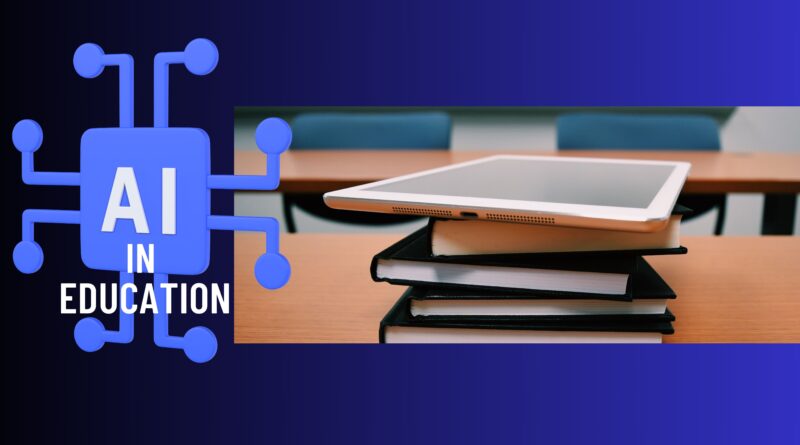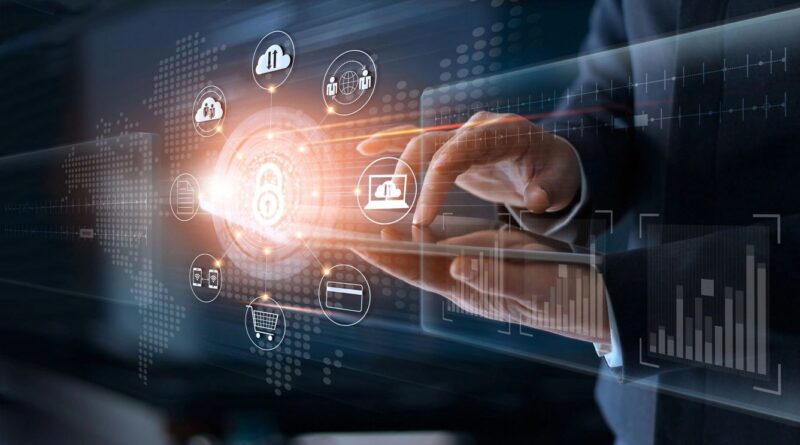The Holy API: Ritual, Protocol and Papal Smoke
Every few decades, a curious thing happens in Vatican City: thousands of people turn their eyes to a chimney. And when the smoke is white, the world knows: Habemus Papam. We have a pope! This centuries-old moment feels ancient, mystical and perhaps even opaque. But let’s look again. What if, instead of dismissing this as quaint Catholic pageantry, we considered it a form of communication? A system. A protocol. In the language of information science and software engineering: an API.
Read More












